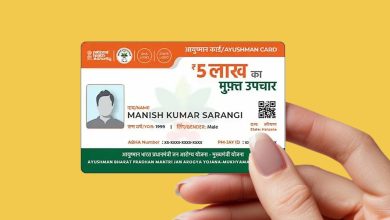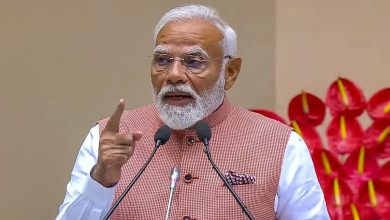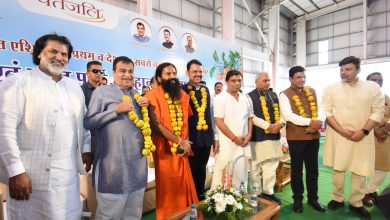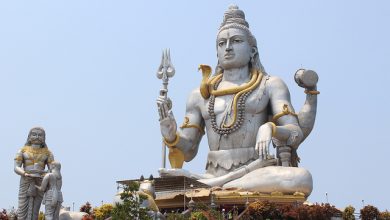Informative
-

From Cart to Empire: Dolly Chaiwala Receives 1,609 Franchise Applications in Just Two Days
Nagpur’s most iconic tea seller, Sunil Patil, famously known as Dolly Chaiwala, is turning heads again—but this time, not just…
Read More » -

Ayushman Vay Vandana Card Brings ₹5 Lakh Health Cover for Seniors Above 70
The Indian government has taken a giant leap in senior citizen healthcare by launching the Ayushman Vay Vandana Card. If…
Read More » -

Maharashtra Government, Microsoft to Set Up AI Excellence Centers in Mumbai, Pune, and Nagpur
Microsoft company in Nagpur: The Maharashtra government, in collaboration with Microsoft, has announced the establishment of three Artificial Intelligence (AI)…
Read More » -

Prime Minister Modi’s Visit to Nagpur: Security Changes and Key Highlights
PM Modi Nagpur Visit: Prime Minister Narendra Modi is set to visit Nagpur to perform the bhoomipujan of the Premium…
Read More » -

Gadkari, Fadnavis Inaugurate Patanjali’s ‘Mega Food & Herbal Park’ at MIHAN Nagpur
The city of Nagpur recently witnessed a historic milestone with the inauguration of Asia’s largest orange processing plant, the Patanjali…
Read More » -

Nagpur Sees Increase in Female Birth Rate in 2024
Nagpur Female Birth Rate 2024: Nagpur has witnessed a notable shift in birth trends in 2024, with the sex ratio…
Read More » -

Nagpur to Get Maharashtra’s Tallest Shiv Statue at 108 Feet
Nagpur Shiva Statue 108 Feet: Nagpur is set to make history with the construction of Maharashtra’s tallest Shiva statue, standing…
Read More » -

Patanjali Mega Food and Herbal Park’s Inauguration on March 9
A Grand Beginning for Patanjali’s Mega Project Nagpur MIHAN: The much-awaited Patanjali Mega Food and Herbal Park is set to commence…
Read More » -

IndiGo’s Inaugural Direct Flight from Pune to Prayagraj Commences February 16
The anticipation is palpable as IndiGo Airlines prepares to launch its first-ever direct flight between Pune and Prayagraj on February…
Read More » -

City Girl Selected for ‘Pariksha Pe Charcha’ with PM Modi
A Proud Moment for Nagpur Nagpur’s Akshara Itankar | Sancheti Public School: Nagpur’s very own Akshara Itankar, a bright and…
Read More »

